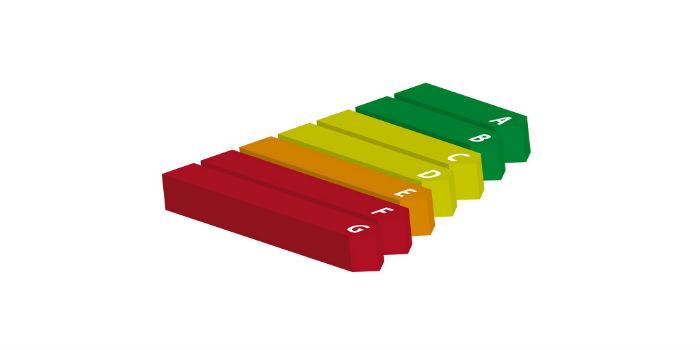 International. There is a wide variety of initiatives, policies and mandates around the world designed to promote energy efficiency. However, energy efficiency strategies and investment vary by industry, according to a new report from business information provider IHS Markit. Regardless of how they differ, the goal of reducing energy use and costs remains the same.
International. There is a wide variety of initiatives, policies and mandates around the world designed to promote energy efficiency. However, energy efficiency strategies and investment vary by industry, according to a new report from business information provider IHS Markit. Regardless of how they differ, the goal of reducing energy use and costs remains the same.
While residential and commercial buildings consume about a third (30 percent) of global energy, the industrial sector consumes 50 percent. Below are four of the key trends noted in IHS Markit's "Energy Efficiency in Industry" report, which includes industry case studies for smart metering, energy storage, motors, and switching equipment:
1. Advanced Metering Infrastructure (AMI) gives consumers greater visibility into their energy consumption, which translates into reduced energy demand. More than 100 million electricity meters that are communicated are now sent to consumers and industry each year.
2. The installation of energy storage technology alone does not reduce the total demand for energy on the grid, but allows for better flexibility for consumers and tutilities to decide whether to use energy from their energy storage systems or from the grid itself.
3. Motors account for 60 per cent of industrial energy consumption; in fact, the biggest area of improvement in energy efficiency that can be achieved is the upgrade of class one and class two international efficiency motors (IE1 and IE2) to IE3 and IE4 motors. .
4. Redesigning switches across size, weight and power (SWaP) can lead to reductions in energy use and heat loss.
If companies continue to innovate and invest in energy efficiency in these four areas alone, industrial energy demand could fall by as much as 14 percent, while consumers could reduce their energy costs by 10 percent. "If even half of those potential savings can be realized in the next ten years, it would be a huge trade-off for growing global energy demand," said Susanne Cumberland, senior research analyst at IHS Markit.
Different approaches to achieving the same goal
A good example of industry-based differences can be clearly seen by comparing the industrial automation industry with the energy technology industry. While industrial automation companies focus on efficiency in the cost savings created through investment in hardware upgrades, energy technology companies are increasingly focusing on software and energy management solutions. to reduce energy consumption and optimize demand cycles to reduce costs.
Legislation boosts energy efficiency
Energy efficiency goals will only increase as more laws are enforced, and as the business case for improving hardware and software continues to grow. In the coming years there will be a greater emphasis on legislation, as the European Union's Energy Strategy, China's 13th Five-Year Plan and other regional legislative efforts will reach important milestones in 2020 and 2030.
"The financial incentives of energy efficiency differ, but the same fundamental packages of legislation are forcing action across industries, which is reflected in their diverse investment approaches," Cumberland said. "The Internet of Things and other transformational technologies are also helping to expand the transition to energy efficiency across industries."
Source: IHS Markit.














